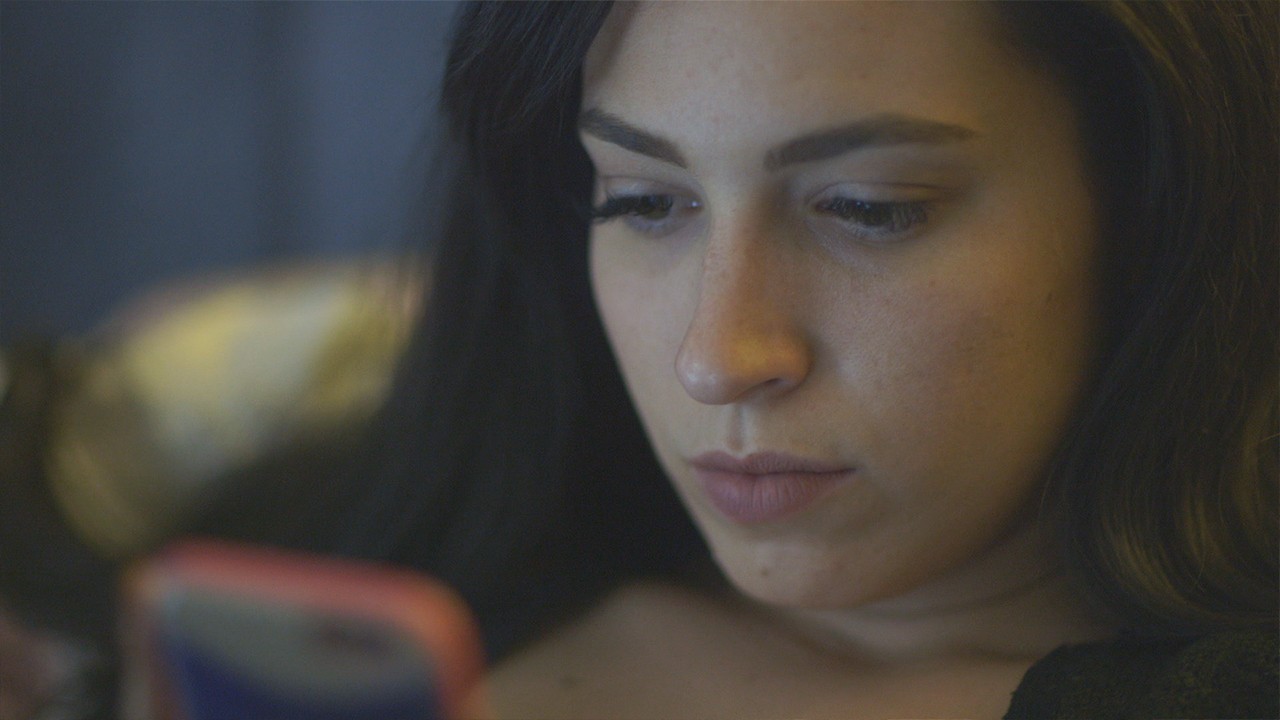Then, in the fall of 1975, a man was arrested in Utah for the heinous crimes Rule had been covering. It turned out he was no stranger to Rule at all: He was Ted Bundy, her former partner from the Crisis Center.Rule had actually given Bundy's name to police at an earlier point in the investigation, after a man with his arm in a sling who said his name was Ted had been reported trying to solicit women to his car around the time and places where women had gone missing. The physical description matched Bundy, and though she didn't think it could possibly be him, Rule still gave the tip to the police, just in case, and was assured of anonymity.Rule had trouble believing Bundy could be capable of these crimes. In 2003, Rule told the Houston Chronicle, "For a long time I was holding out hope that he was innocent, that somehow this all was a terrible mistake. And it wasn't just me, it was all the people who worked with him." It wasn't until 1977, when Bundy escaped from jail and made his way to Tallahassee, Florida, where he went on a horrific murdering spree, that Rule could no longer deny her old friend was the murderer she'd been looking for all along.Read more: Why Everyone Thinks They Know the Truth About JonBenet Ramsay's Murder
Watch: Inside the Torturous Fight to End Revenge Porn

Bundy being the killer changed everything in terms of Rule's book: She was no longer writing about an anonymous monster, but rather a man she still considered a friend. Though they had only seen each other a handful of times after they both left the Crisis Center, Bundy was a man with whom Rule had spent many nights alone as they worked, a man who had accompanied her to holiday parties, a man she'd shared secrets with. That tension—along with Rule's thorough accounts of police procedure, courtroom scenes, and interviews with Bundy himself—propelled the book to instant success and notoriety.It also changed everything in terms of Rule's career. Born in 1931 in Lowell, Michigan, Rule had a fascination with criminal justice that seemed almost genetic, but by the time The Stranger Beside Me was published in 1980, she'd had a long slog of a career. She spent her childhood summer vacations with her grandparents in Stanton, Michigan, where she helped her grandmother prepare and deliver meals to the prisoners in the local jail. Her grandpa and uncle were sheriffs in Michigan; another uncle was a medical examiner; and a cousin was a prosecutor. Rule attended the University of Washington, where she studied writing, criminology, and psychology. After graduating, she took a job as a policewoman in Seattle but had to leave a year and a half later because she couldn't pass the eye test.
But in 1980, Rule put her own name on The Stranger Beside Me, which went on to sell over two million copies, becoming a best-selling author in a genre that had long been dominated by men. She went on to write more than 30 true crime books, including Small Sacrifices about Diane Downs, who was convicted of murdering her daughter and attempted murder of her other two children.As highly rated docu-series like The Keepers and Making a Murderer—as well as popular podcasts like Serial and My Favorite Murder—highlight how true-crime narratives are dominating popular culture two years after Rule's death in July 2015, there's no sign that the stories like this have faded in popularity. (Earlier this year, Hollywood Reporter announced an upcoming film about Ted Bundy—Extremely Wicked, Shockingly Evil and Vile—which will be directed by a documentary filmmaker and star Zac Efron.) Rule's books are still prominent fixtures in the true-crime community. The widely read The Stranger Besides Me was, and still is, a gateway book into the world of true-crime writing. Though she was not the most masterful technical writer—she often repeated herself, and her books are full of clichés—she was dedicated in her writing, making sure her readers knew every detail of a case. Her goal, she wrote, was that her work "might somehow save other victims."And so Ted Bundy was my friend, through all the good times and the bad times. I stuck by him for many years, hoping that none of the innuendo was true.
Despite the commercial success of her books, the critical and public reception of The Stranger Beside Me was not always generous. After Rule's death two years ago, Victoria Beale wrote a piece for the New Yorker called "Too Close to Ted Bundy" in which Beale accused Rule of making poor ethical choices in reporting the story and her involvement in Bundy's life after he was in jail. "Rule's role shifts from being inadvertently involved with a serial killer to an author considering how lucrative her access could be," Beale writes, going on to discuss a Thanksgiving dinner Rule had with Bundy while he is out on bail:
Rule seemed to predict her intentions would be questioned and attempted to explain herself in the preface to the book. She wrote:[E]ven on first reading, these passages are jarring, a running thread of Rule absolving herself to preëmpt criticism. Rule was Bundy's pen pal and she had a book contract, but these two facts are strenuously kept separate in the telling. Even though the book chronicles what Rule thinks of Bundy, she does not clearly present the shadow narrative of when she saw the friendship and the book coalescing, and what one would mean for the other.
The close relationship Rule had with Bundy mirrors similar moral issues brought up surrounding true-crime works today, some of which may push the limits on structure, suspense, and format at the expense of ethics. The sensational success of the book simultaneously made Rule's career and haunted her, she said. In the 2008 "Final Chapter" addition to The Stranger Beside Me she wrote:And so Ted Bundy was my friend, through all the good times and the bad times. I stuck by him for many years, hoping that none of the innuendo was true. There are few who will understand my decision. I'm sure that it will anger many. And, with it all, Ted Bundy's story must be told, and it must be told in its entirety if any good can evolve from the terrible years: 1974–1980.
As a pulp magazine writer yearning to be a book author, I should be grateful that I had a ringside seat to the monstrous scenario Ted Bundy acted out as, according to one periodical, the "glamour boy of homicide."
But, I'm not grateful. I would rather I'd never had a book of my own, much less twenty-nine, and that Ted's victims had lived. His crimes changed my life, and opened the door to my first book contract, but as a human being, I wish I could go back and erase him and his murderous swatch through America. If only I had the power to make none of it real. Sometimes, after so many years, it almost seems that Ted Bundy and his dozens of victims were only a figment of my imagination.
